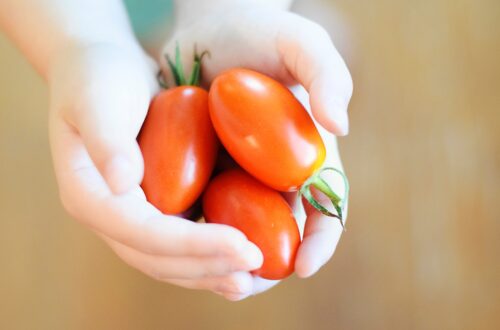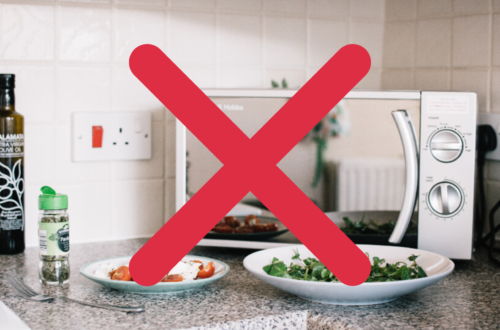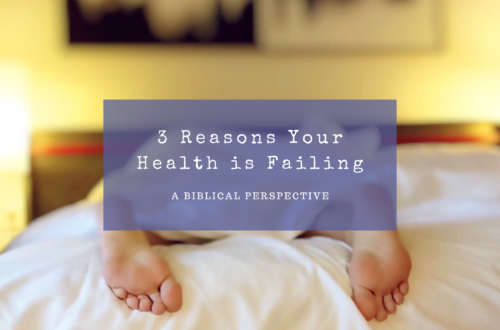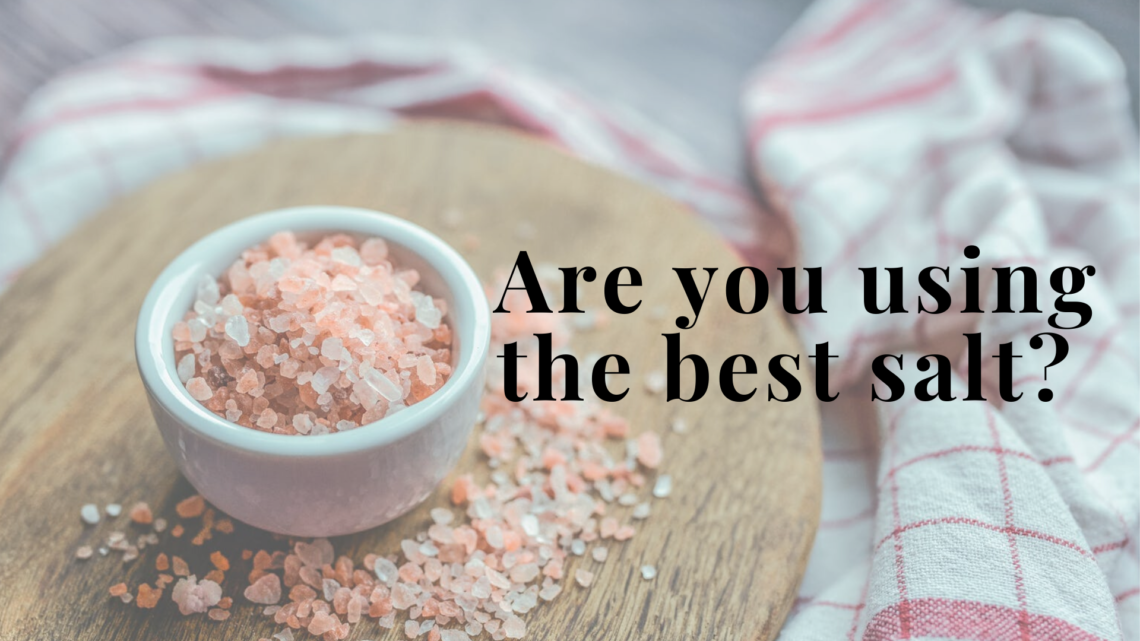
Are You Using the Best Salt? Himalayan Pink Salt For the Win.
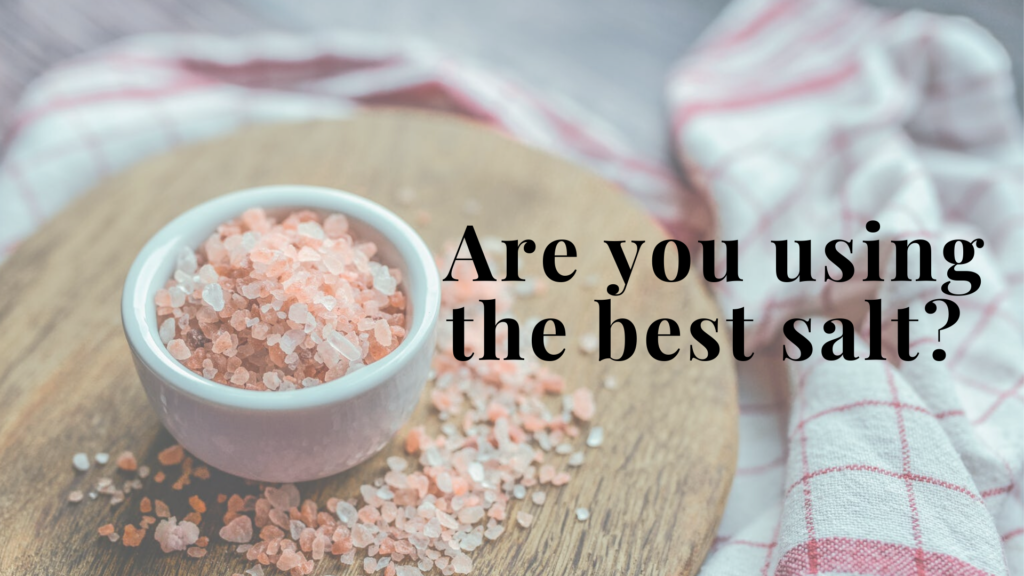
Are you scared of salt? I used to be. I was so scared of it that I never added it to my food. I would only have it if I ate something processed. I have a much healthier relationship with salt now.
But did you know salt is necessary? And too often, people are using the wrong kind.
Did you know that Himalayan pink salt contains around 84 trace minerals in addition to the actual sodium content?
I can be a bit of a science nerd, so when a friend told me she was using Himalayan pink salt to help with some health problems she was having, I was intrigued. Side note, she is under the care of a naturopathic doctor.
She explained that the minerals in the salt, while at low concentrations, were highly absorbed into the body and cells because of the food form they are in. Since I love learning about natural ways to nourish my body, I started to do a bit of research.
It’s such a powerful nutrient, that for her, her sleep issues and anxiety have all but disappeared. That’s amazing!
I love to learn about how God designed the body to work and function. It’s incredible what happens when we give our bodies what they need.
While you may be of the mindset that salt (aka sodium) is bad, it’s a vital mineral that our bodies must have to function.
One of the primary roles of sodium is in regulating nerve and muscle function. It also keeps you hydrated and prevents low blood pressure.
When it comes to salt, there can be too much of a good thing. If taken in excess, it can raise your blood pressure. It’s important to regulate your salt intake, but everyone has different salt needs. What works for a runner won’t be effective for a sedentary office worker. There is no one size fits all.
So, back to Himalayan pink salt. You may have heard that it’s “healthier” than table salt, but what does that even mean? Here are some of the top ways that pink salt compares to table salt.
- Table salt and Himalayan pink salt have similar sodium levels.
- They both have some trace minerals. However, in the processing of table salt, many of these minerals are stripped and replaced with iodine; “iodized salt”.
- Table salt often contains harmful anti-caking agents. While these compounds are in small quantities, they are there nonetheless. Himalayan pink salt does not.
Good health is a complex topic. Everyone’s specific needs are different because each of you has different DNA, different environmental factors at play, and different habits.
When it comes to using Himalayan Pink Salt, it’s a great alternative to table salt (iodized salt).
Here are just a few of the benefits of using pink salt:
- It improves sleep.
- It balances the body’s pH.
- It reduces cramping (say goodbye to Charlie-horses).
- It boosts sinus health.
If you’re not using pink salt when you cook, make the switch. It costs a little bit more, but the benefits are worth the extra you spend. Who couldn’t use better sleep, less cramps, good sinus health, and more?
References:
https://www.medicalnewstoday.com/articles/315081#what-is-pink-himalayan-salt
https://themeadow.com/pages/minerals-in-himalayan-pink-salt-spectral-analysis
https://fdc.nal.usda.gov/fdc-app.html#/food-details/516075/nutrients

